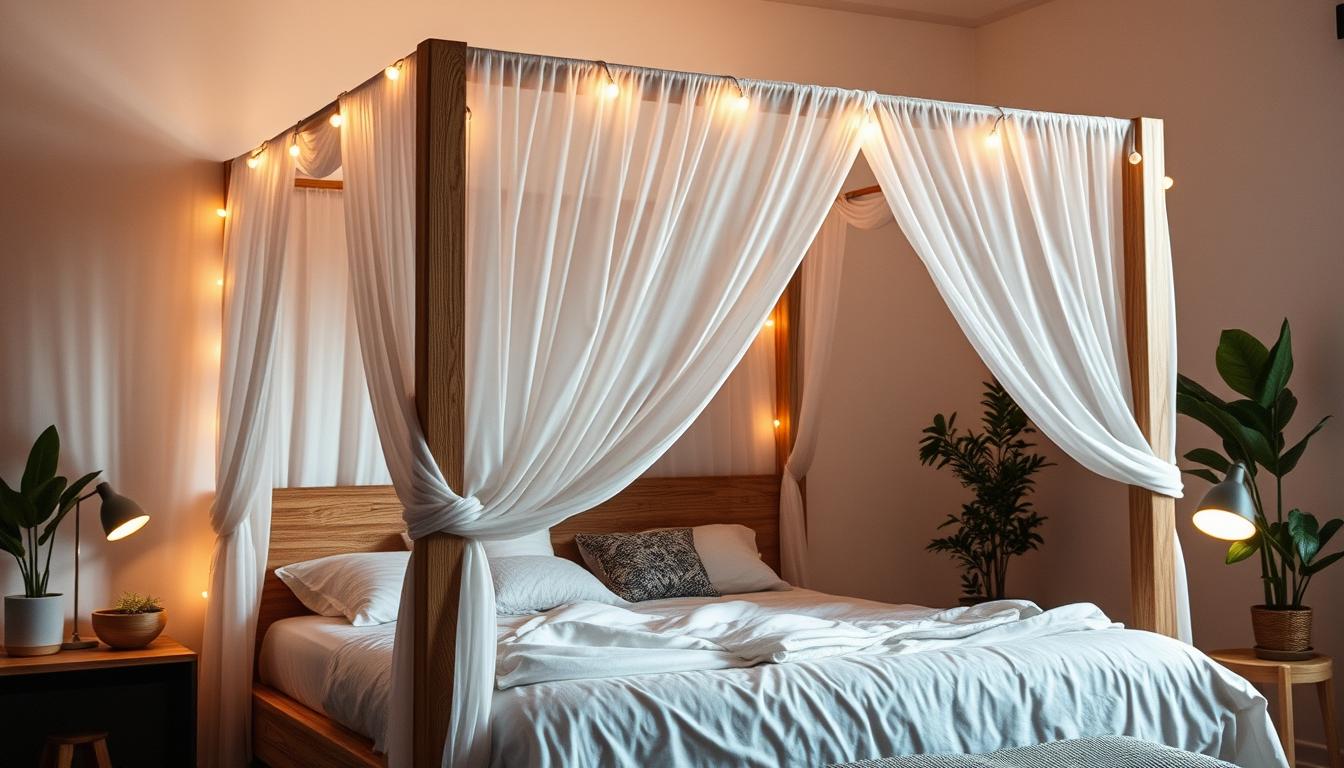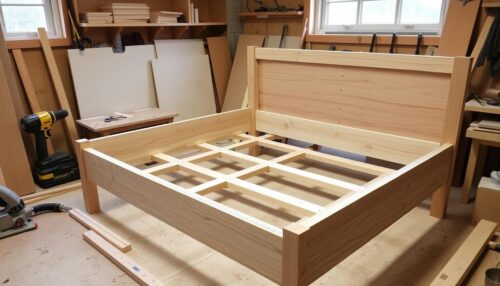Did you know that traditional cotton towels require massive amounts of water and chemicals during production? As sustainability becomes a growing priority, eco-conscious consumers are exploring better alternatives—one of which is avocado bath towels. But are they truly the best eco-friendly option?
The short answer: Avocado bath towels are a great sustainable choice due to their organic materials, non-toxic dyes, and ethical production. However, their effectiveness depends on factors like durability, absorbency, and price compared to other options like bamboo and organic cotton towels.
Our Top Picks for the Best Eco-Friendly Bath Towels
Avocado Organic Cotton Bath Towel
Made from GOTS-certified organic cotton, this towel is soft, highly absorbent, and free from harmful chemicals.
Delilah Home Organic Hemp Towel
A strong and durable option, hemp towels dry faster and last longer while being naturally antibacterial.
Cariloha Bamboo Bath Towel
Luxuriously soft with moisture-wicking properties, bamboo towels offer a great balance between sustainability and comfort.
What Are Avocado Bath Towels?
Avocado bath towels are made from organic, sustainably sourced materials, primarily GOTS-certified organic cotton. They are free from synthetic dyes, harsh chemicals, and pesticides, making them a safer option for both consumers and the environment.
How Are They Made?
Avocado bath towels go through an eco-friendly manufacturing process that ensures sustainability at every stage:
- Organic Cotton Sourcing – The cotton used is grown without toxic pesticides, reducing harm to soil and water sources.
- Non-Toxic Dyeing – Unlike conventional towels that use synthetic dyes, avocado towels use plant-based or low-impact dyes, minimizing water pollution.
- Ethical Production – Many avocado towel brands prioritize fair wages and ethical working conditions for their factory workers.
Key Features of Avocado Bath Towels
- Hypoallergenic & Chemical-Free – Great for sensitive skin, as they don’t contain harmful residues.
- Highly Absorbent & Soft – Designed to wick moisture effectively while maintaining a plush feel.
- Durable & Long-Lasting – Organic cotton towels tend to hold up better over time compared to conventional ones.
- Eco-Friendly Packaging – Most brands use recyclable or compostable packaging to reduce waste.
Avocado bath towels are gaining popularity among eco-conscious consumers, but how do they compare to other sustainable towel options? Let’s explore that next.
Avocado Bath Towels vs. Bamboo and Organic Cotton Towels: Which is Better?
When choosing an eco-friendly bath towel, avocado, bamboo, and organic cotton towels are three of the most sustainable options. But which one offers the best balance of comfort, durability, and environmental impact?
Sustainability
- Avocado Bath Towels – Made from GOTS-certified organic cotton, they use minimal chemicals and follow ethical production practices.
- Bamboo Towels – Bamboo grows quickly without pesticides, making it highly sustainable. However, some bamboo fabric requires heavy chemical processing.
- Organic Cotton Towels – Like avocado towels, organic cotton towels are free from harmful pesticides, but their production can still be water-intensive.
Softness & Comfort
- Avocado Bath Towels – Plush and soft, offering a luxury feel without harmful chemical treatments.
- Bamboo Towels – The softest option, often compared to silk due to its naturally smooth fibers.
- Organic Cotton Towels – Comfortable and breathable, though softness varies based on weave and processing.
Absorbency & Drying Time
- Avocado Bath Towels – Highly absorbent but may take longer to dry compared to bamboo.
- Bamboo Towels – Excellent moisture-wicking properties and fast drying, making them great for humid environments.
- Organic Cotton Towels – Absorbent but can hold moisture longer, leading to slower drying times.
Durability & Longevity
- Avocado Bath Towels – Strong, long-lasting fibers that maintain quality over time.
- Bamboo Towels – Can become less durable with repeated washing if not properly cared for.
- Organic Cotton Towels – Generally durable but prone to wear and tear over time.
Verdict: Which One Should You Choose?
- For the softest feel: Bamboo towels.
- For the most durable and ethical choice: Avocado bath towels.
- For an affordable yet sustainable option: Organic cotton towels.
While all three options are eco-friendly, avocado bath towels stand out for their ethical sourcing, long-lasting quality, and chemical-free production. However, those prioritizing softness or faster drying may prefer bamboo towels.
The Pros and Cons of Avocado Bath Towels
Avocado bath towels are gaining popularity among eco-conscious consumers, but are they the best choice for your needs? Let’s break down their advantages and potential drawbacks.
Pros of Avocado Bath Towels
✅ Eco-Friendly and Sustainable
- Made from 100% GOTS-certified organic cotton, ensuring minimal environmental impact.
- Free from pesticides, synthetic dyes, and harmful chemicals.
- Often produced using fair-trade practices that support ethical labor.
✅ Soft and Luxurious Feel
- Comparable to high-end spa towels, thanks to premium organic cotton fibers.
- Remains soft even after multiple washes, unlike some conventional towels that lose their plushness.
✅ Highly Absorbent and Moisture-Wicking
- Organic cotton fibers are naturally absorbent, making these towels great for quick drying after showers or baths.
- Ideal for people who prefer thicker, plush towels that provide warmth and comfort.
✅ Hypoallergenic and Skin-Friendly
- Perfect for sensitive skin, as they don’t contain chemical irritants found in conventional towels.
- A great option for babies, allergy sufferers, or those with skin conditions like eczema.
✅ Durable and Long-Lasting
- Stronger fibers ensure they hold up well with frequent use and washing.
- Less prone to fraying or thinning compared to cheaper cotton towels.
Cons of Avocado Bath Towels
❌ Higher Price Point
- Organic materials and ethical production make these towels more expensive than conventional options.
- However, their durability can make them a cost-effective investment over time.
❌ Longer Drying Time
- Due to their thicker and more absorbent nature, they may take longer to dry compared to bamboo or microfiber towels.
- Can be inconvenient in humid environments where quick-drying towels are preferred.
❌ Limited Availability
- Avocado bath towels are not as widely available as traditional cotton or bamboo towels, meaning you may need to purchase them online from specialty retailers.
Are Avocado Bath Towels Worth It?
For those prioritizing sustainability, softness, and ethical production, avocado bath towels are an excellent choice. However, if you prefer a faster-drying or more budget-friendly option, bamboo or organic cotton towels might be a better fit.
How to Properly Care for Avocado Bath Towels
Investing in high-quality, eco-friendly towels means you’ll want to ensure they last as long as possible. Proper care not only maintains their softness and absorbency but also helps reduce environmental impact by extending their lifespan.
Wash Before First Use
- New towels may have residual fibers or natural oils from manufacturing.
- Wash them in cold or warm water with a gentle, eco-friendly detergent to enhance absorbency.
Use Mild, Chemical-Free Detergents
- Avoid harsh detergents, fabric softeners, and bleach, as they can break down organic fibers.
- Opt for plant-based or fragrance-free detergents to protect both your skin and the environment.
Wash with Similar Fabrics
- Launder avocado bath towels separately or with other natural fiber items to prevent lint transfer.
- Avoid washing with synthetics or microfiber towels, which can create pilling.
Choose the Right Water Temperature
- Cold or warm water (not hot) preserves the integrity of the fibers.
- Hot water can shrink or weaken organic cotton fibers over time.
Opt for Air Drying When Possible
- Tumble dry on low or hang towels in a well-ventilated space to reduce energy use.
- Direct sunlight can help naturally disinfect and brighten white towels but may fade colored towels.
Avoid Overloading the Washer and Dryer
- Overcrowding reduces the towels’ ability to rinse properly, leading to stiffness.
- A looser wash and dry cycle allows for better airflow and fluffier towels.
Shake Towels Before and After Drying
- Fluffing them out before drying helps maintain their plushness.
- Give them a shake after drying to remove stiffness and enhance softness.
Store Properly to Prevent Musty Odors
- Ensure towels are completely dry before folding and storing.
- Keep them in a cool, dry area to prevent mildew growth.
Bonus Tip: Refresh Your Towels Naturally
If towels start to lose absorbency or develop a musty smell, try this eco-friendly refresh:
- Wash them in hot water with 1 cup of white vinegar (no detergent).
- Run a second cycle with ½ cup of baking soda to remove buildup.
- Dry thoroughly for fresh, soft towels.
Ready to Buy? Here Is a Budget-Friendly Recommendation for You!
If you’re looking for eco-friendly bath towels that offer quality at a more affordable price, here are some great alternatives to avocado bath towels:
- EcoPure Organic Cotton Bath Towel – A cost-effective option made from 100% organic cotton, offering great absorbency and softness without harmful chemicals.
- Bedsure Bamboo Cotton Towel Set – A blend of bamboo and cotton, providing a balance of softness, durability, and quick drying at an affordable price.
- SOL Organics Organic Cotton Bath Towel – Ethically sourced, GOTS-certified organic cotton, and a more budget-friendly alternative to premium organic brands.
Each of these towels provides an eco-conscious option at a lower price, making sustainability more accessible to all.
FAQs About Avocado Bath Towels
What makes avocado bath towels eco-friendly?
Avocado bath towels are made from GOTS-certified organic cotton, which means they are grown without harmful pesticides or synthetic fertilizers. They also use non-toxic dyes and are produced under ethical labor practices, making them a sustainable choice.
Are avocado bath towels better than regular cotton towels?
Yes, in many ways. Unlike conventional cotton towels, avocado bath towels are free from chemicals, making them safer for your skin and the environment. They also tend to be more durable and absorbent, though they may take longer to dry.
How do avocado bath towels compare to bamboo towels?
Avocado bath towels are thicker, more absorbent, and long-lasting, while bamboo towels are softer, lighter, and dry faster. If you prefer a plush, spa-like feel, avocado towels are ideal, but if you need quick-drying, silky-soft towels, bamboo is a great option.
Do avocado bath towels shrink after washing?
Since they are made from 100% organic cotton, slight shrinkage is normal after the first wash. To minimize this, wash in cold or warm water and avoid high-heat drying.
Can people with sensitive skin use avocado bath towels?
Absolutely! Avocado bath towels are hypoallergenic and free from harsh chemicals, making them perfect for people with sensitive skin, allergies, or conditions like eczema.
Where can I buy avocado bath towels?
You can find avocado bath towels from sustainable brands online, such as Avocado Green, Pact, and Coyuchi. Some eco-friendly home goods stores may also carry them.
How long do avocado bath towels last?
With proper care, they can last several years, thanks to their high-quality organic cotton fibers. Washing them gently and avoiding harsh chemicals will help extend their lifespan.
Are avocado bath towels worth the price?
Yes, if you value sustainability, ethical production, and long-term durability. While they may be more expensive upfront, their quality and longevity make them a worthwhile investment compared to conventional towels that wear out faster.



